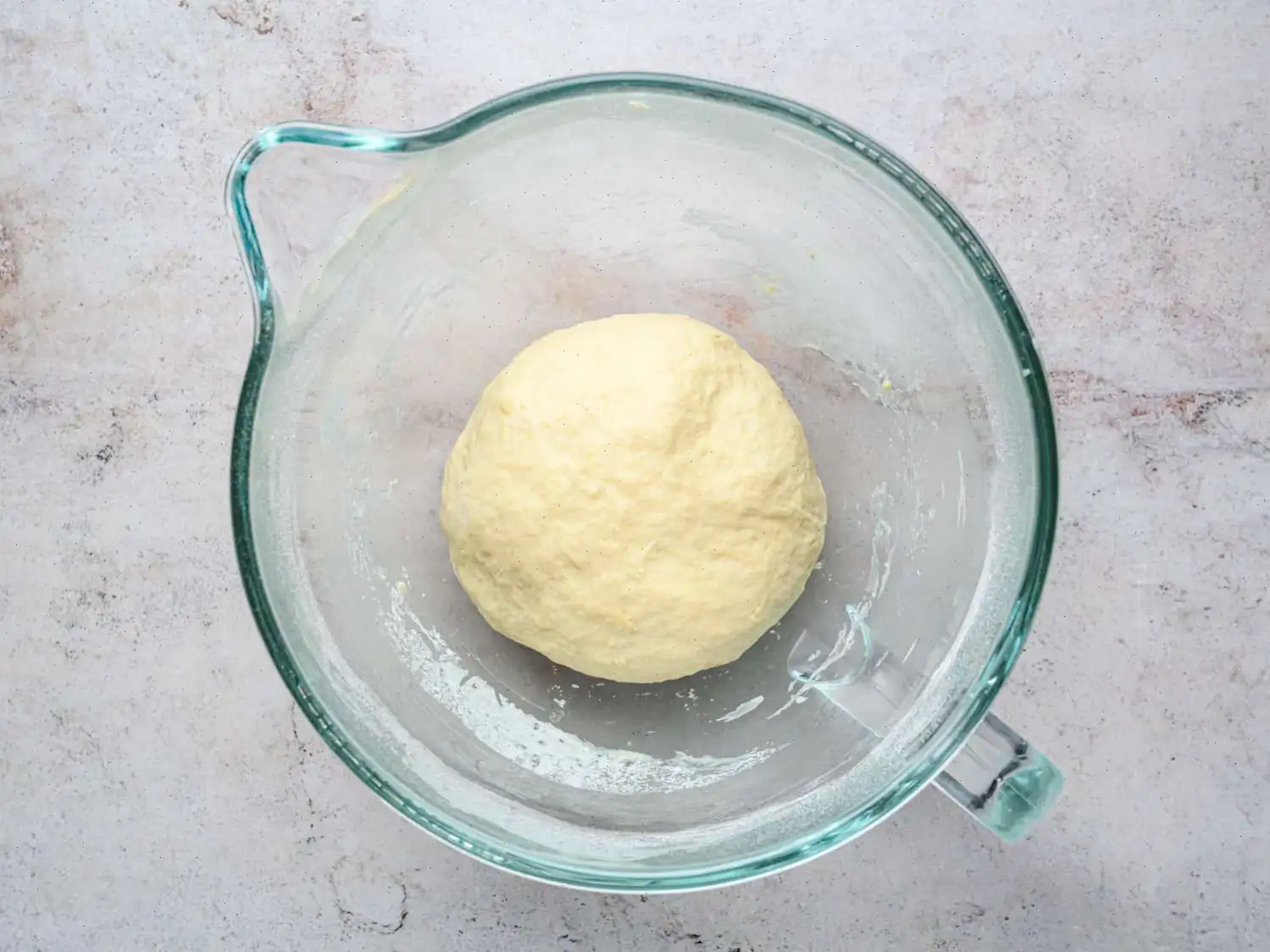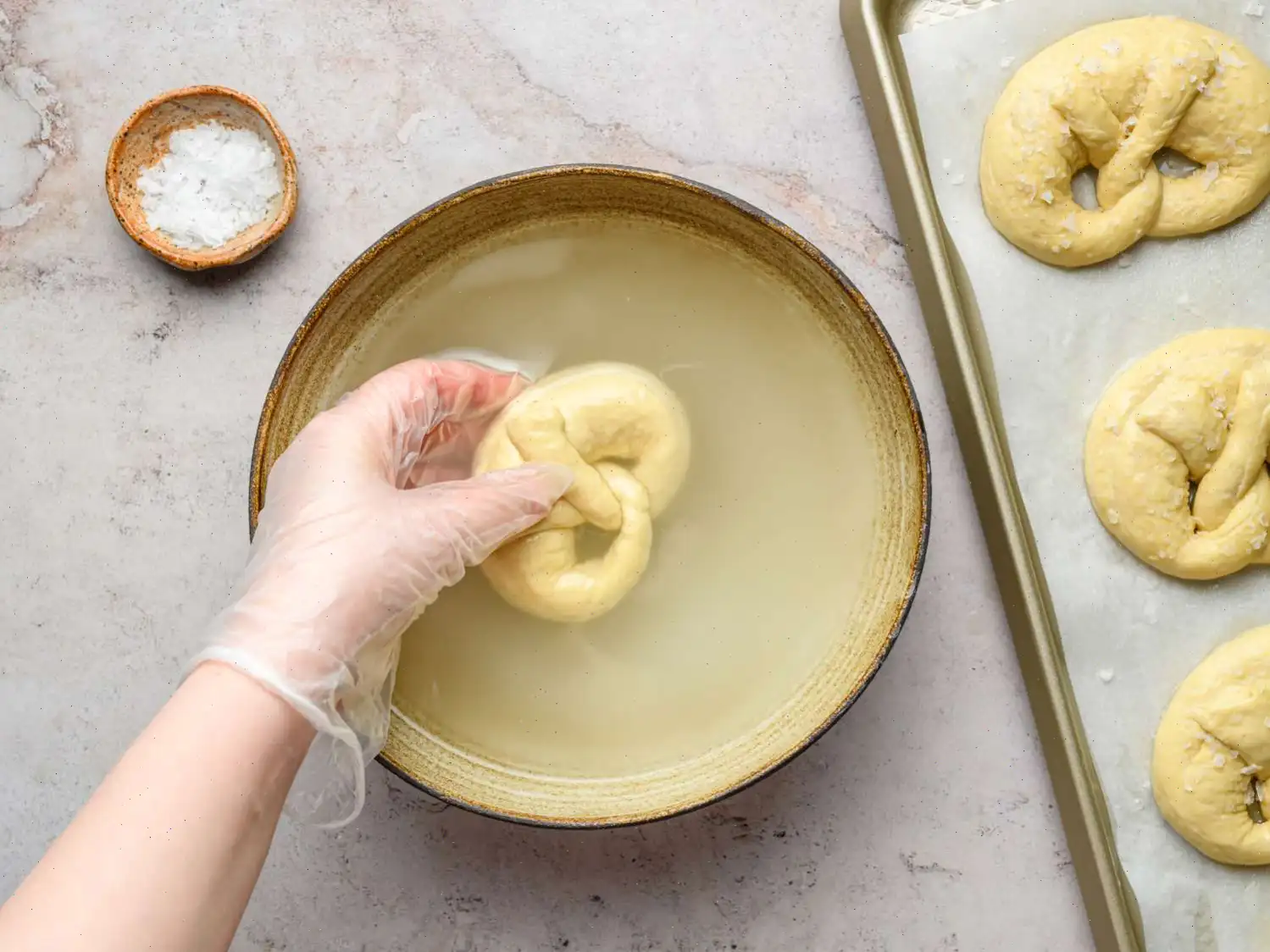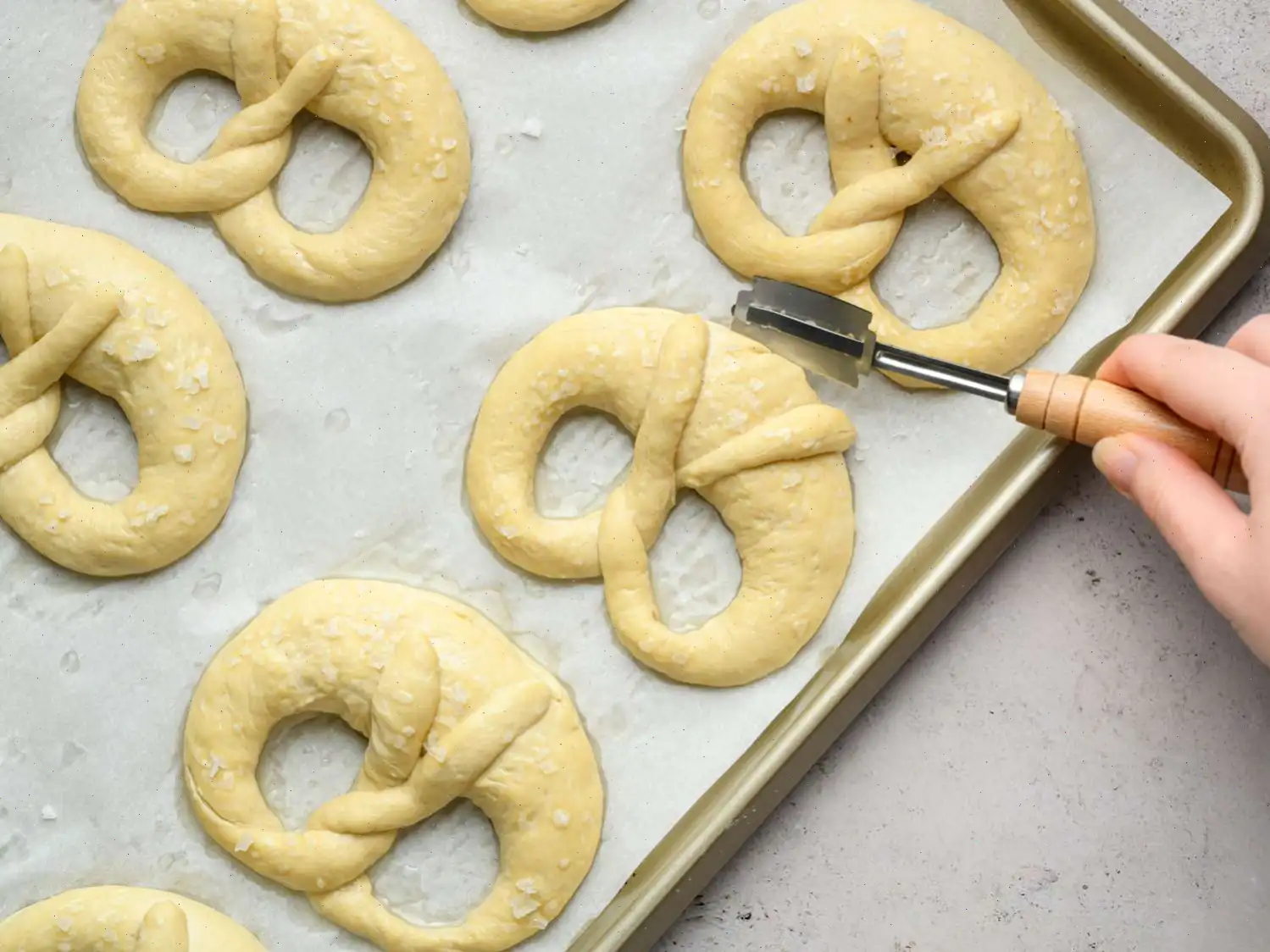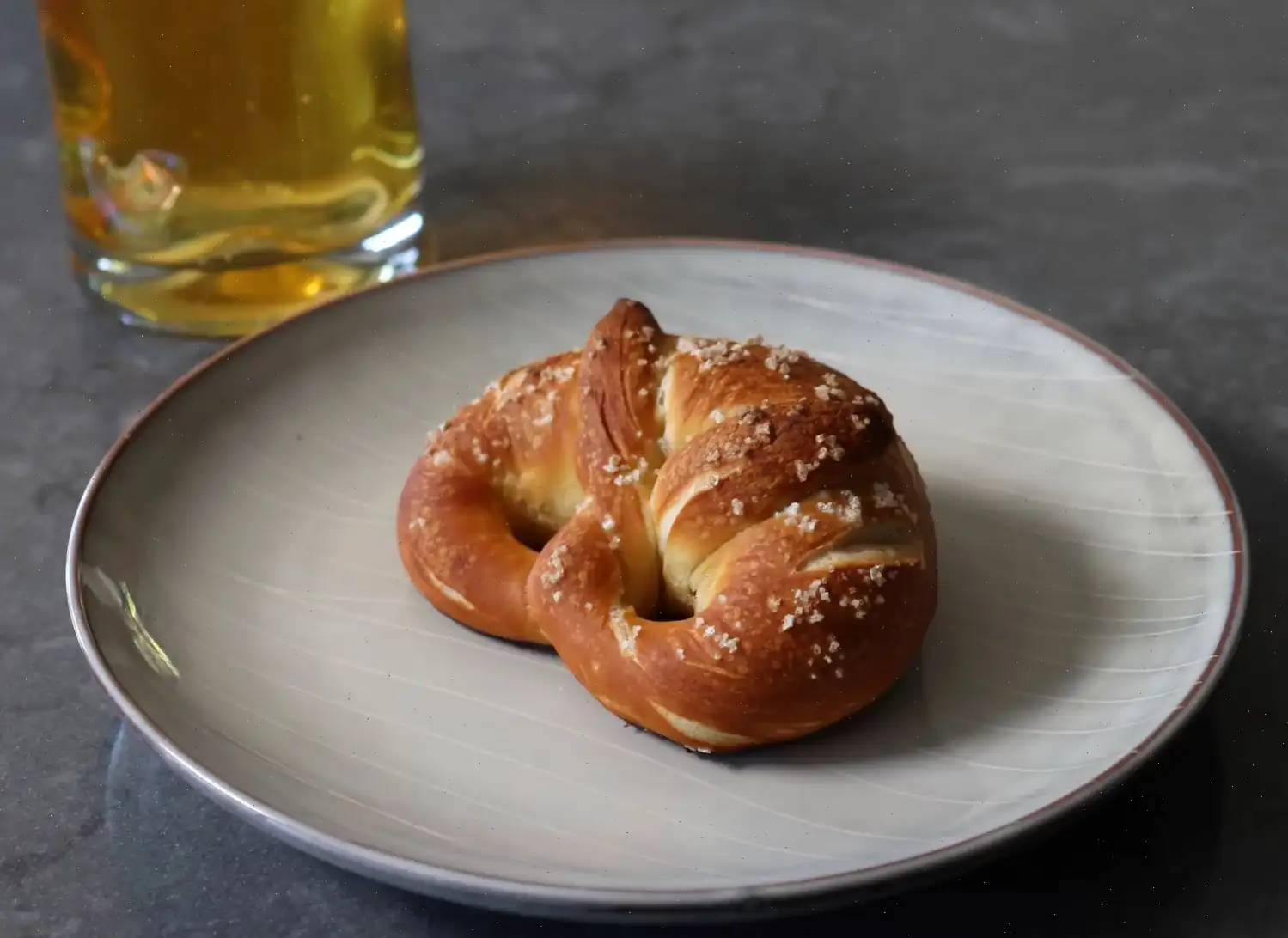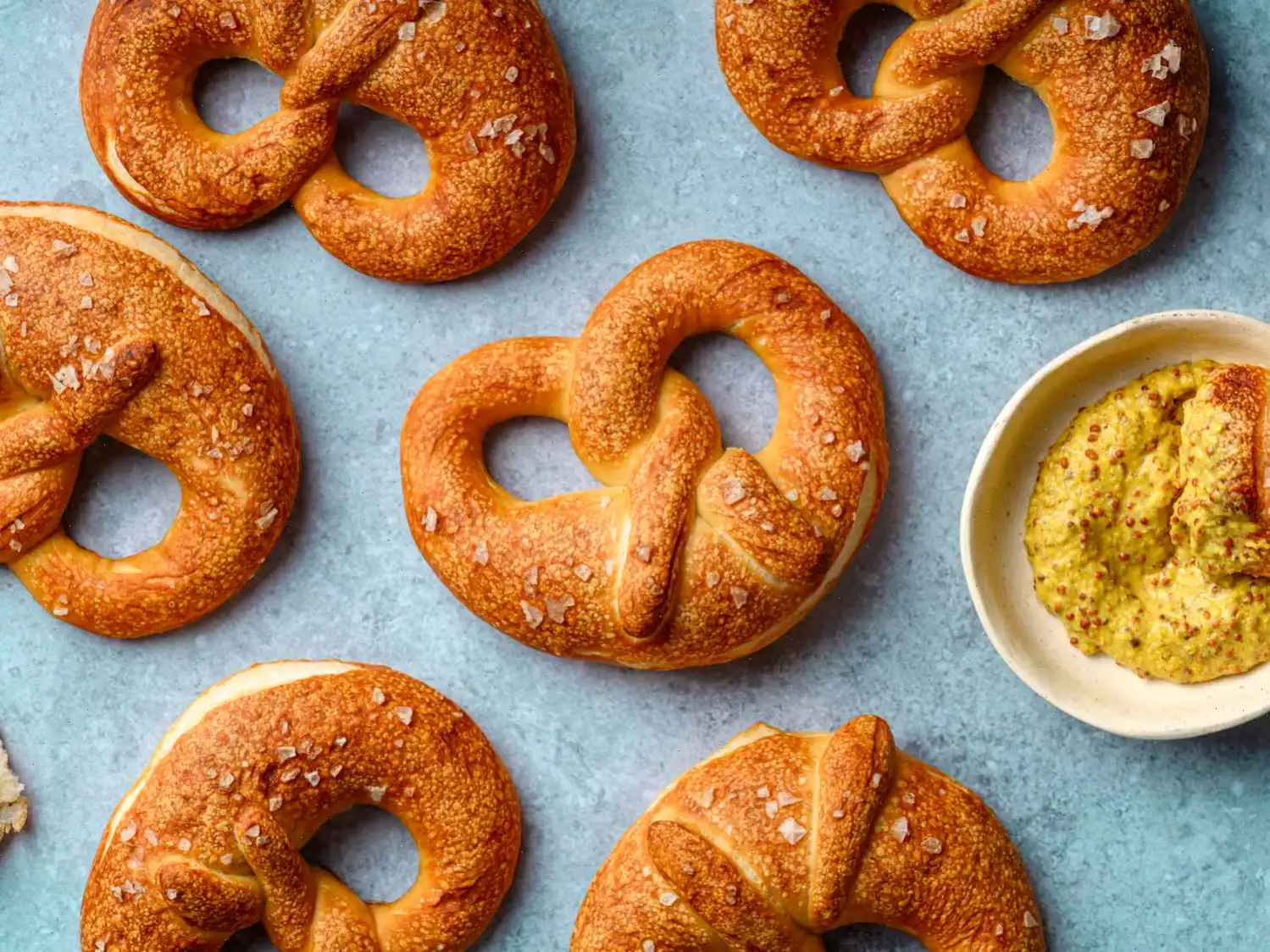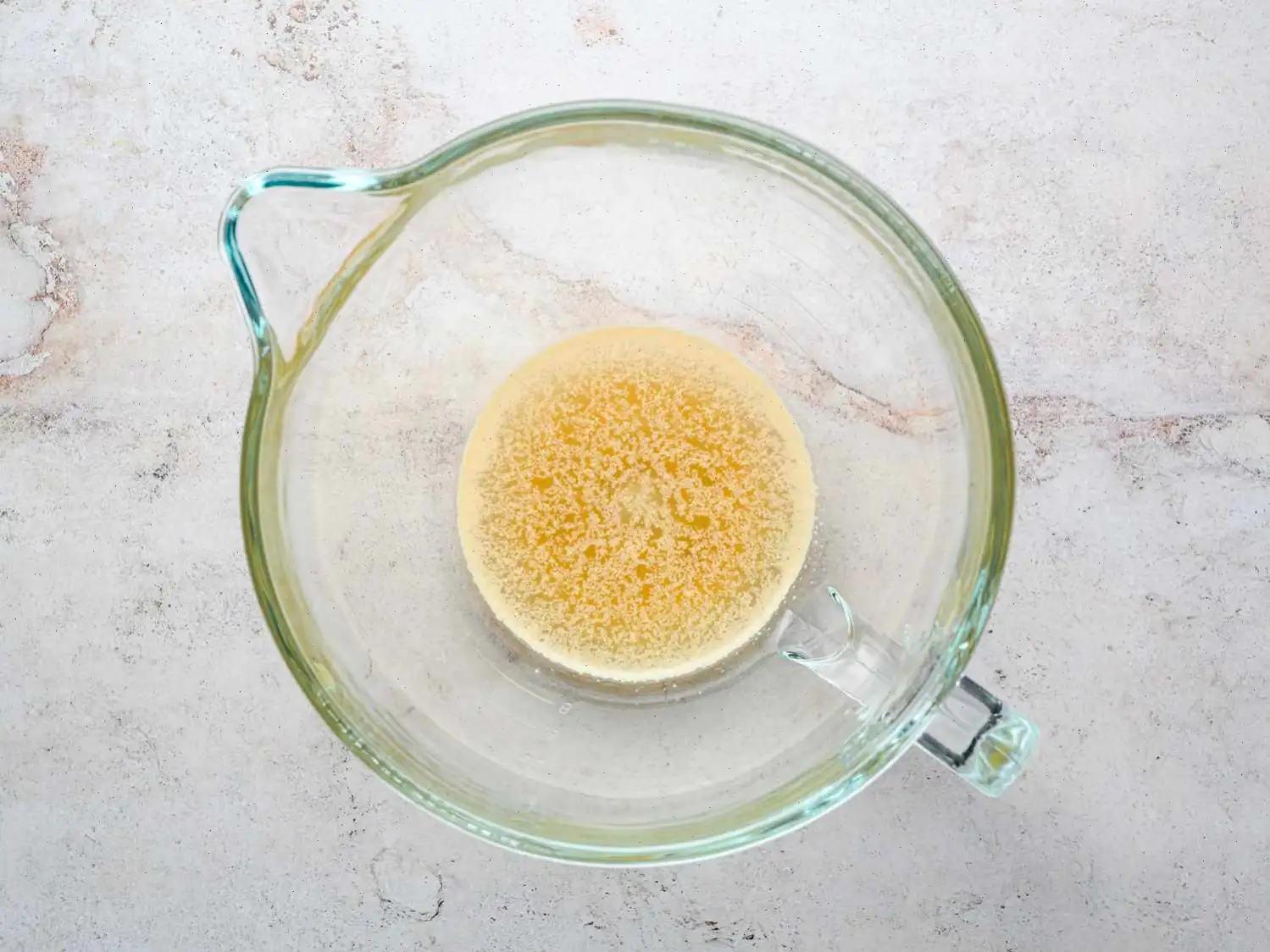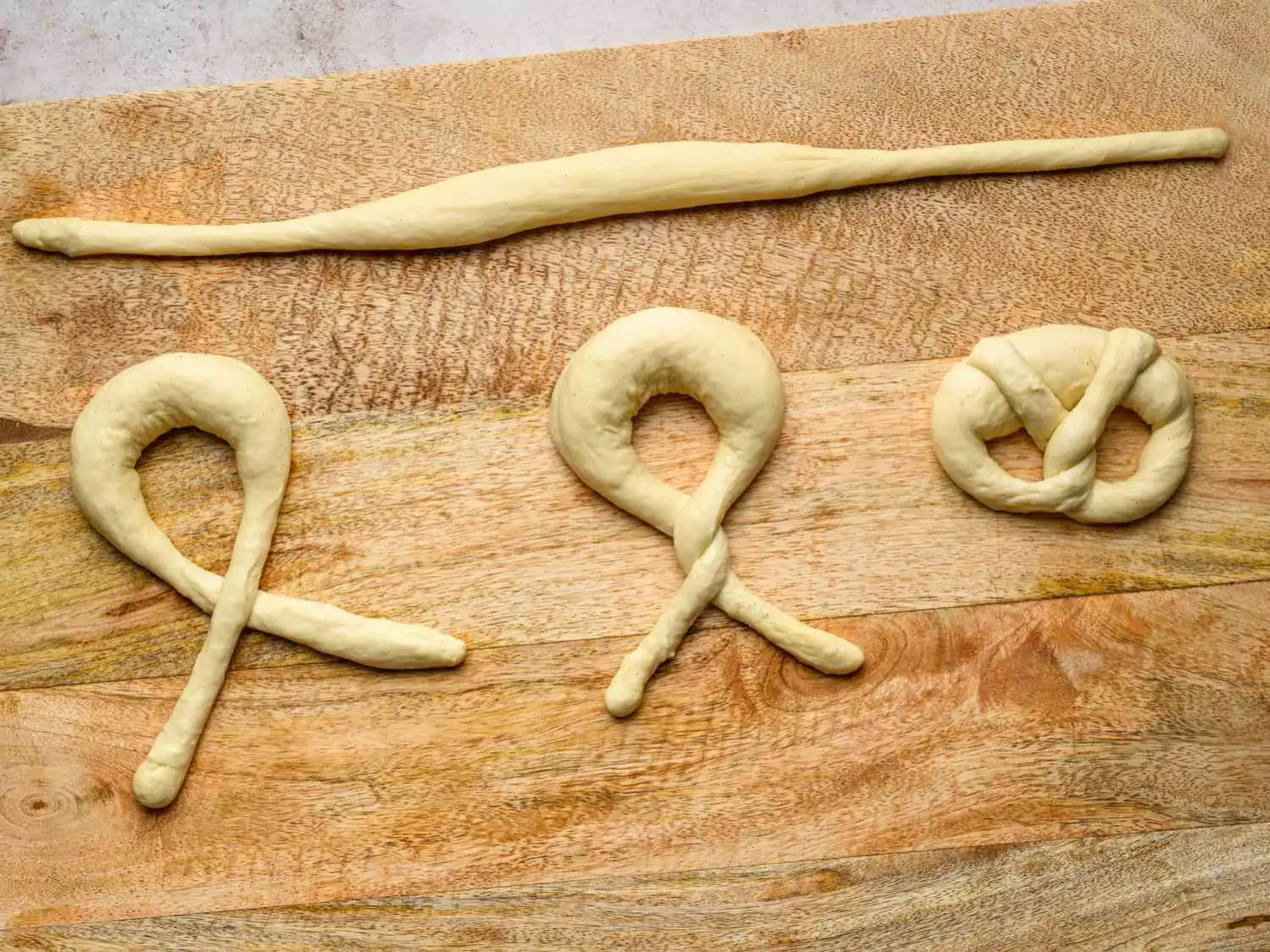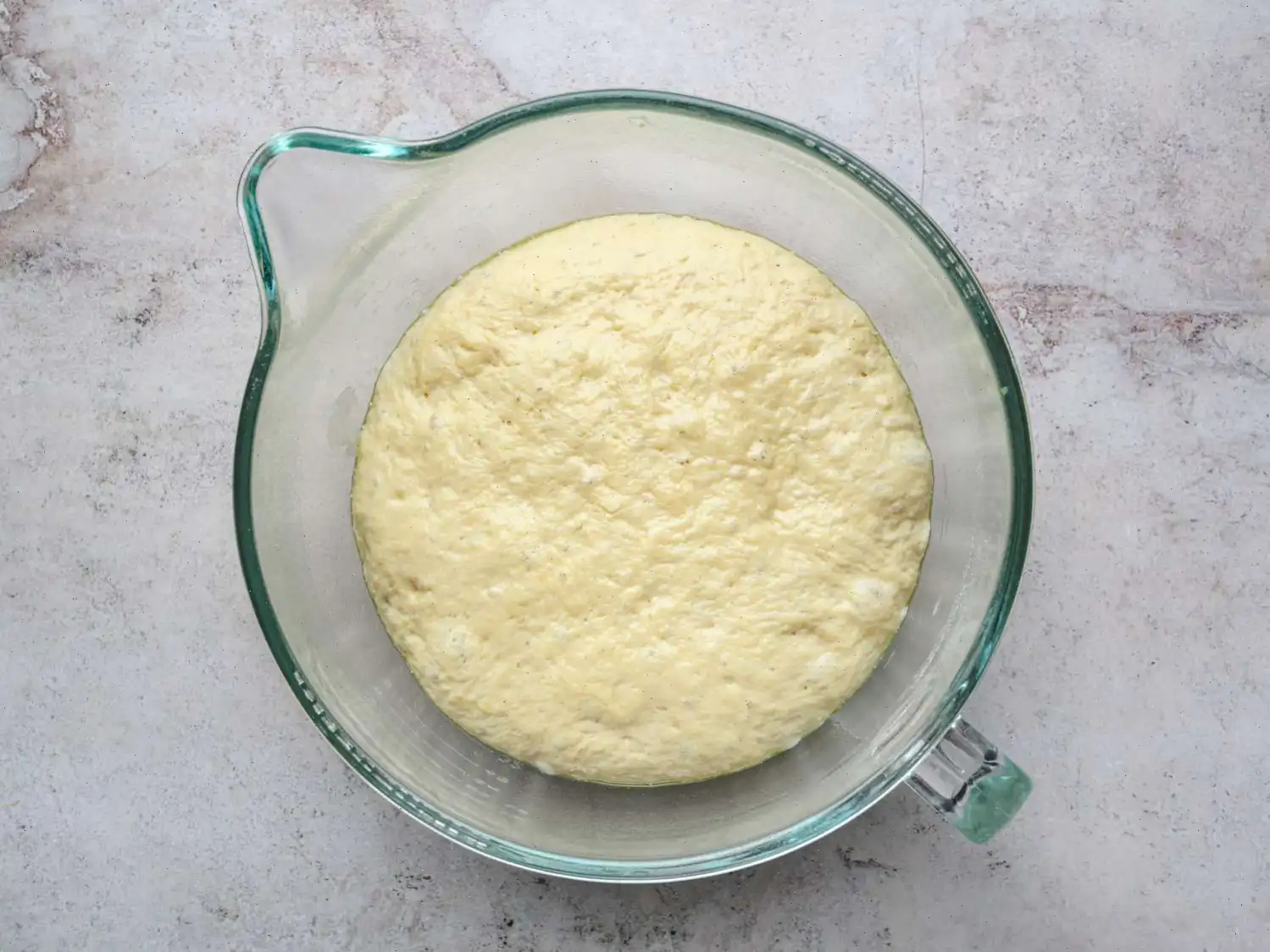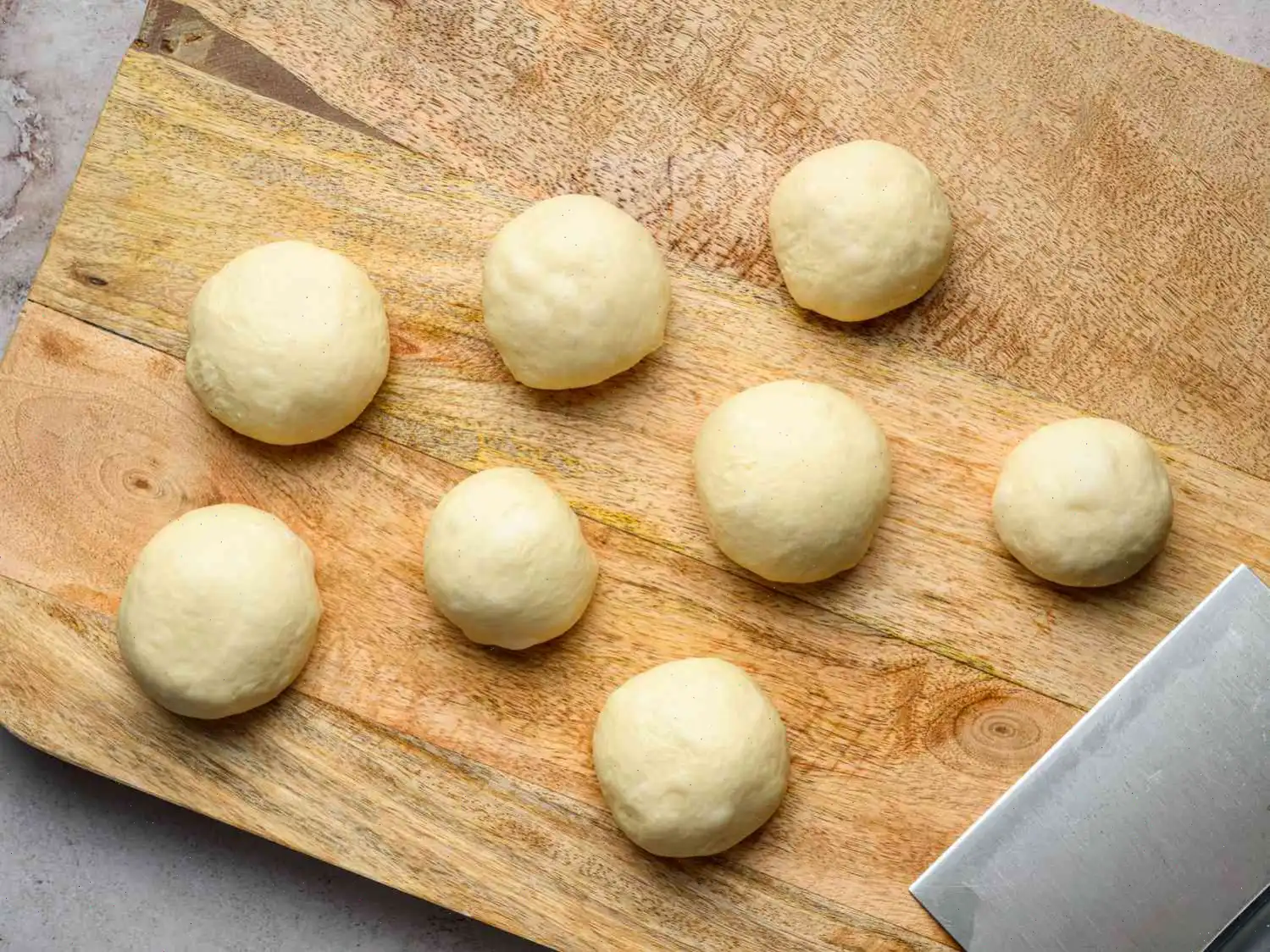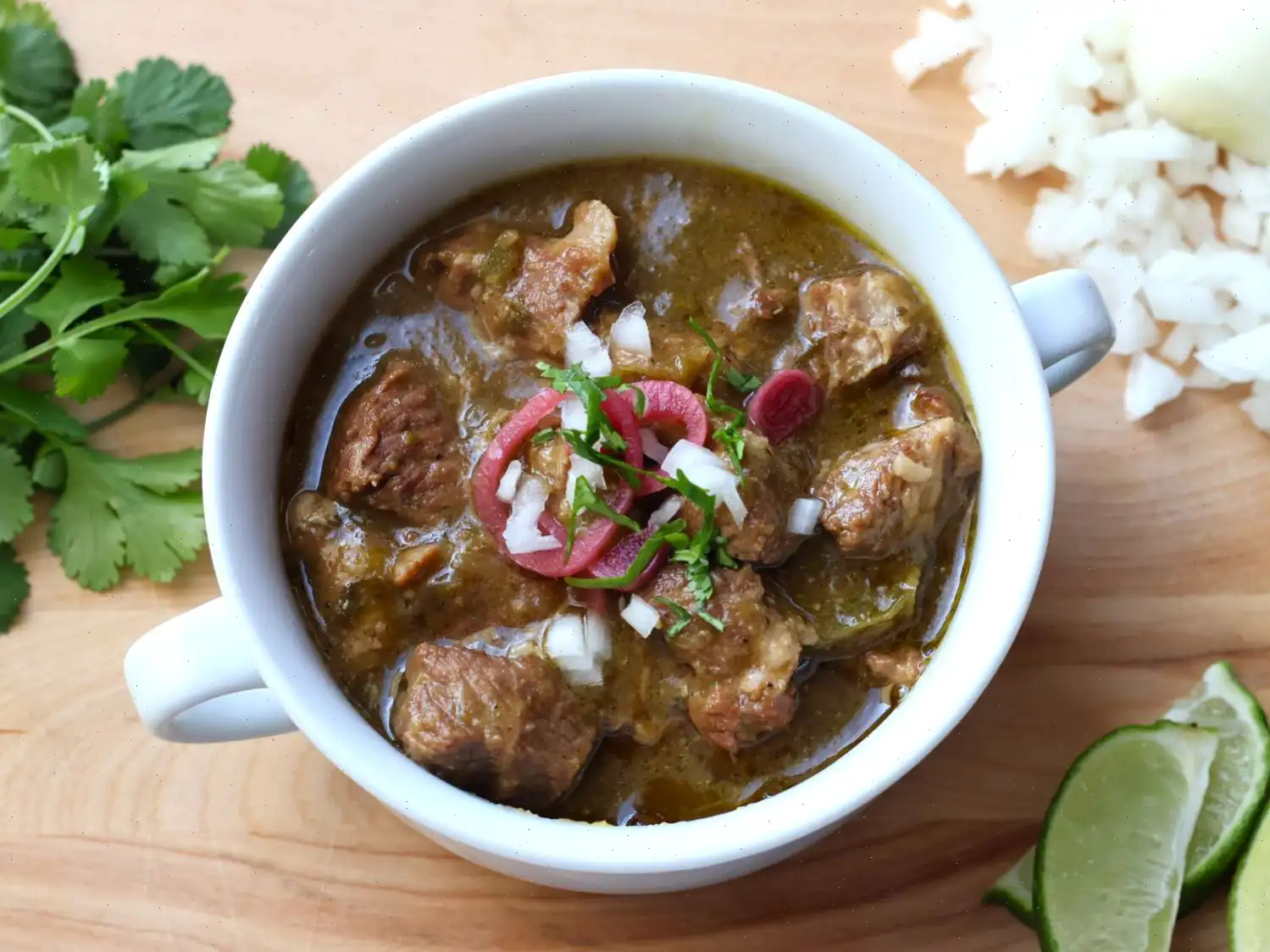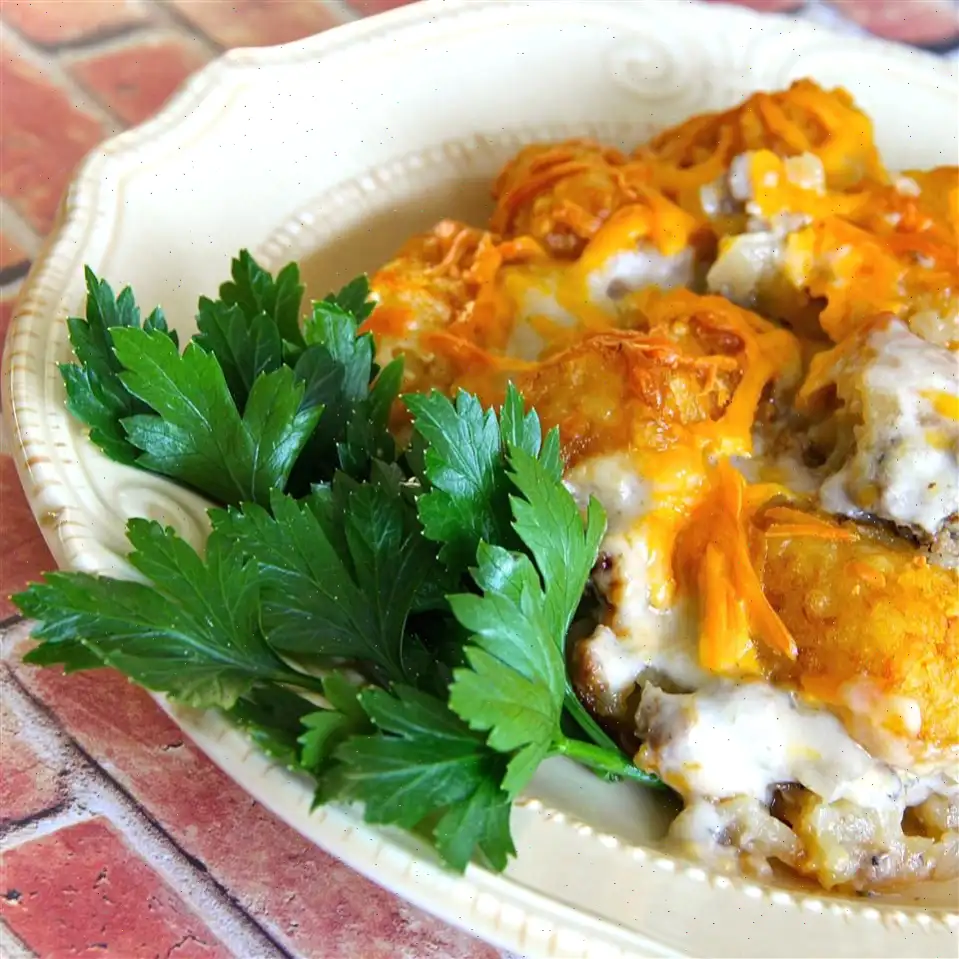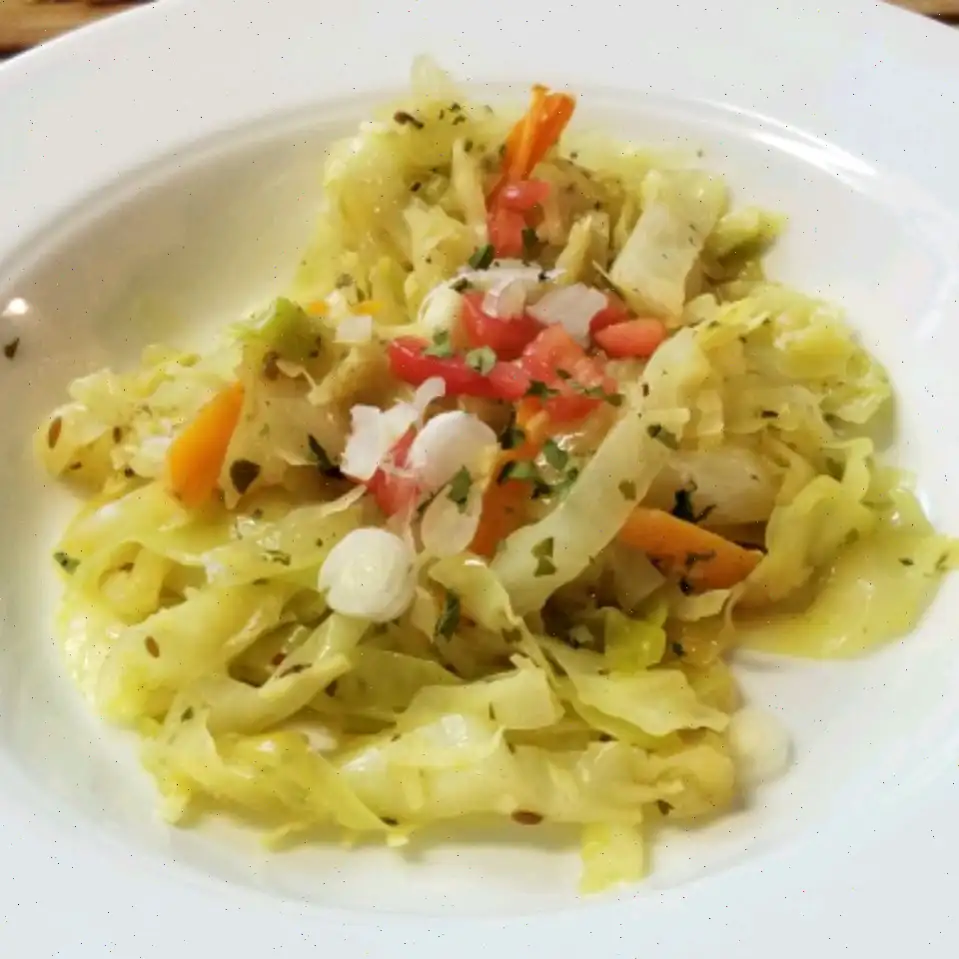
Bavarian Pretzels
If you've been researching how to make authentic Bavarian pretzels, you'll come across one common piece of advice: use a lye dip. However, most of us don't have lye in our kitchens. Fortunately, you can achieve a very similar result with baking soda, as long as you bake it first to increase the pH level. This method creates that signature dark brown color, unique flavor, and chewy texture that make Bavarian pretzels so beloved. Without this step, youll end up with just regular knotted bread.
In this recipe, we use a high ratio of baking soda to hot water, which might make mixing a bit tricky. If the mixture crystallizes after sitting for a while, don't worry. You can always bake the baking soda ahead of time, but its best to mix the solution closer to when youre ready to dip the pretzels. Other than that, the process is simple, and whether you're making these for Oktoberfest or just for fun, youll love the result!
Ingredients
For the Pretzels:
- 1 tablespoon brown sugar
- cup warm water
- teaspoon active dry yeast
- 2 tablespoons butter, melted
- cup lager-style beer
- 3 cups bread flour
- 2 teaspoons kosher salt
- 1 teaspoon butter, softened
- Nonstick cooking spray
- 1 pinch flaked sea salt, or to taste
For the Baking Soda Bath:
- cup baking soda
- 2 cups hot water
Directions
Step 1: Gather all ingredients and prepare your workspace.
Step 2: In a small bowl, mix the brown sugar with the warm water until dissolved. Sprinkle the yeast on top and let it sit for 10 minutes to activate.
Step 3: Add the melted butter and beer to the yeast mixture, whisking until well combined.
Step 4: Gradually add the bread flour and salt to the mixture. Mix until a dough begins to form, then knead by hand or with a mixer for a few minutes until the dough becomes smooth.
Step 5: Grease a bowl with 1 teaspoon of butter. Place the dough in the bowl, cover it, and let it rise until doubled in size, about 8 hours or overnight.
Step 6: Once the dough has risen, punch it down and knead it for about a minute to form a smooth ball.
Step 7: Return the dough to the bowl, cover, and let it rise for 2-3 more hours, or until it has nearly doubled in size.
Step 8: Meanwhile, preheat your oven to 300F (150C). Place the baking soda in an oven-safe dish and bake for 1 hour. Let it cool, then whisk it into a shallow bowl with 2 cups of hot water until completely dissolved. Strain the mixture to remove any undissolved particles, then set it aside.
Step 9: Punch down the dough again and divide it into 8 equal portions. Roll each portion into a ball and let them rest for 5 minutes.
Step 10: To shape the pretzels, roll each dough ball into a long sausage shape, then press it into a small rectangle with your fingers. Fold one-third of the dough into the center, then press flat with your fingertips. Repeat with the opposite side.
Step 11: Roll the dough into a rope, 15-18 inches long, with the middle being twice as thick as the ends. Cross the ends over each other and fold them back toward the belly of the pretzel, creating the classic pretzel shape.
Step 12: Wearing food-safe gloves, carefully dip each pretzel into the baking soda bath for 20-30 seconds, ensuring it is well-coated. Place the pretzel on a parchment-lined baking sheet that has been sprayed with cooking spray. Sprinkle the damp pretzel with flaked sea salt.
Step 13: Repeat the process with the remaining pretzels, then let them rise for 30 minutes.
Step 14: Preheat your oven to 475F (245C). Use a razor or sharp knife to make a slash across the "belly" of each pretzel. You can also make additional cuts on other sides if desired.
Step 15: Bake the pretzels in the preheated oven for about 12 minutes or until golden brown.
Step 16: Once baked, transfer the pretzels to a cooling rack and let them rest for 5-10 minutes before serving.
Step 17: Serve and enjoy your delicious homemade Bavarian pretzels!
Chef's Notes:
- You can substitute all-purpose flour for bread flour if needed.
- For the baking soda bath, ensure the water is around 135F (57C).
Nutrition Facts (per serving)
| Calories | 224 |
|---|---|
| Total Fat | 4g |
| Saturated Fat | 2g |
| Cholesterol | 9mg |
| Sodium | 3037mg |
| Total Carbohydrates | 39g |
| Dietary Fiber | 1g |
| Total Sugars | 2g |
| Protein | 6g |
| Calcium | 13mg |
| Iron | 3mg |
| Potassium | 64mg |
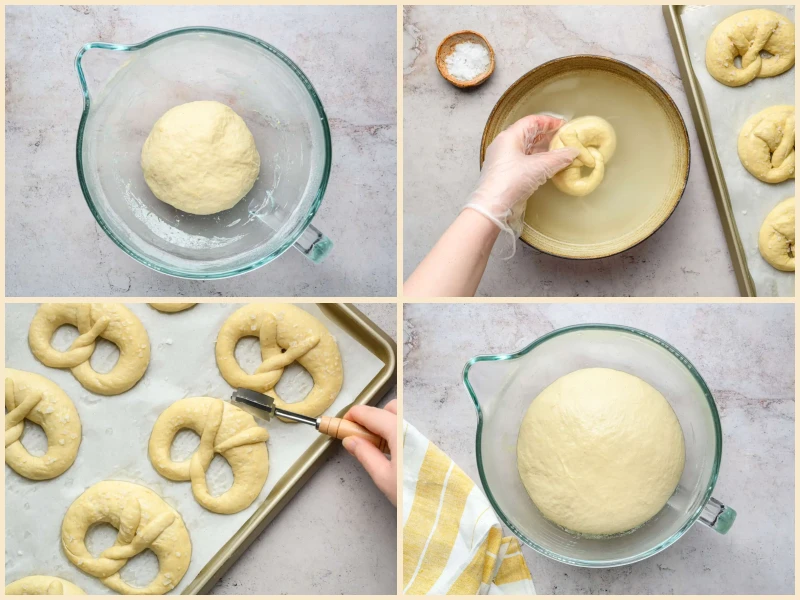
Bavarian pretzels, or "Brezn," are an iconic snack with a history as rich as their flavor. Their golden, crusty exterior, paired with a soft, doughy interior, makes them irresistible. But beyond their delicious taste, these pretzels are deeply embedded in Bavarian culture and hold a special place in German culinary traditions.
History of Bavarian Pretzels
The origin of the Bavarian pretzel is often traced back to the early Middle Ages, around the 7th century, in southern Germany. Legend has it that they were invented by a monk who, as a reward for teaching children to pray, baked dough in the shape of arms crossed in prayer. This is why pretzels are sometimes called "the monk's bread." Over the centuries, the pretzel evolved into the large, twisted shape we know today, and its popularity spread across Europe, eventually becoming a symbol of Bavaria.
Regional Differences
While the Bavarian pretzel is enjoyed throughout Germany, it is most strongly associated with the region of Bavaria. Here, pretzels are often served at beer gardens and paired with a cold glass of beer, especially during festivals like Oktoberfest. What sets Bavarian pretzels apart from other varieties is their signature dark brown, glossy crust, achieved by soaking the dough in an alkaline bath, usually made with lye or baking soda, before baking. This treatment gives the pretzel its unique color, texture, and flavor.
How Bavarian Pretzels Differ from Similar Dishes
Though many cultures have their own version of the pretzel, the Bavarian pretzel stands out because of its specific dough preparation and baking method. For example, while some pretzels around the world are soft and doughy, Bavarian pretzels feature a slightly firmer crust with a rich, chewy interior. Additionally, unlike many other varieties of pretzels that are baked directly, Bavarian pretzels undergo a brief dip in a hot alkaline solution (traditionally lye, though baking soda can be used as an alternative), which not only deepens the color of the crust but also adds a distinct flavor.
Where Bavarian Pretzels Are Served
Bavarian pretzels are most commonly served in traditional beer gardens throughout Germany, where they are paired with local beers, sausages, and other regional specialties. Youll also find them at Oktoberfest, the worlds largest beer festival, held annually in Munich. In these settings, the pretzel is more than just a snackits a symbol of Bavarian hospitality and culture. They're typically served warm and sprinkled with coarse salt, making them the perfect accompaniment to a cold drink or a hearty meal.
Interesting Facts About Bavarian Pretzels
1. In Bavaria, the pretzel is considered a symbol of good luck. Some traditions say that offering a pretzel to someone on their birthday will bring them happiness for the year ahead.
2. The shape of the pretzel is thought to represent the Holy Trinity in Christian symbolism, with the three holes symbolizing the Father, Son, and Holy Spirit.
3. While the traditional Bavarian pretzel is made with bread flour, many modern variations use different types of flour to create gluten-free or whole grain versions. However, the classic pretzel's flavor and texture are best preserved using bread flour.
4. Pretzels are not just a snack; they are a versatile food. They can be stuffed with a variety of fillings, including cheese, mustard, and even chocolate in some contemporary recipes.
Whether enjoyed as a snack with a drink or as part of a larger meal, Bavarian pretzels are a timeless treat that reflects the warmth and tradition of Bavarian culture. With their irresistible flavor and unique texture, they remain a beloved part of German culinary heritage, and their influence has spread far beyond the borders of Bavaria to become a global snack sensation.
FAQ about Bavarian Pretzels
Comments
Edward Williams
04/25/2025 01:00:12 PM
I tried out this recipe and it turned out absolutely perfect! These pretzels are by far the best I have ever tasted. Addressing the concerns raised in other reviews, I think the key lies in precise measurements. I used all-purpose flour with 11% protein content instead of bread flour, and I measured 130g per cup, resulting in the perfect dough consistency. I suspect that using bread flour with a measurement of around 150g per cup (as suggested in some sources) may lead to less desirable results. For the liquid ingredients, I used 120g each for 1/2 cup of water and lager, and 28g for the 2 tablespoons of butter. Despite the meticulous measurements, the end result is definitely worth the effort! Don't hesitate to give this recipe a try!
Andrew Gomez
12/26/2023 07:52:08 AM
As another reviewer mentioned, I encountered the same problem with this recipe resulting in a very dense and shaggy dough. Despite following the recipe exactly and using King Arthur bread flour, which likely has a higher protein content than the flour Chef John uses. It was disappointing as I usually enjoy Chef John's recipes and was really looking forward to making pretzels.


